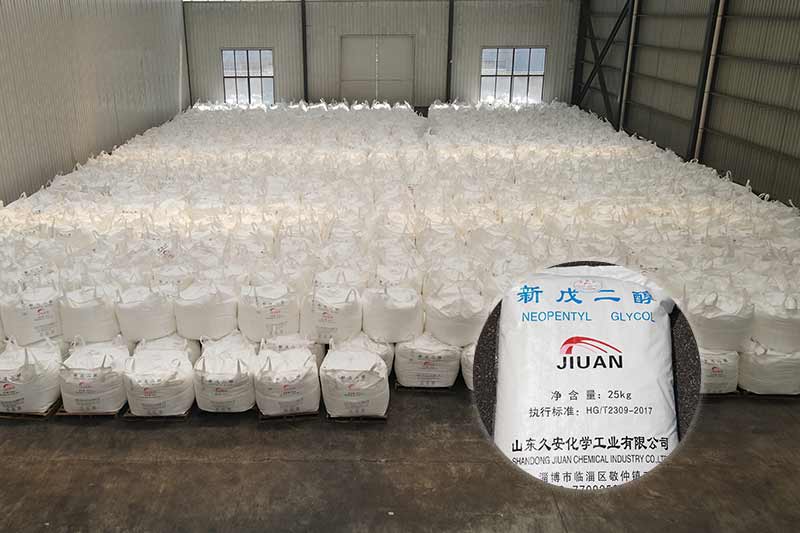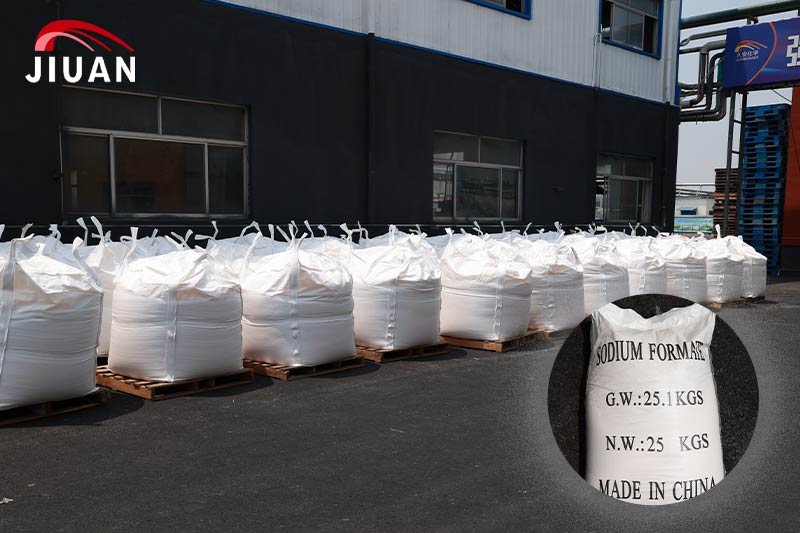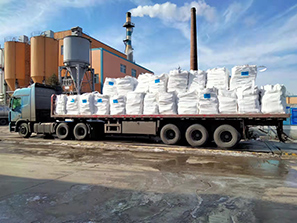Neopentyl glycol (NPG) is a key compound used in various industries, including paints and coatings, automotive, textiles, and plastics. It is a versatile chemical that finds applications in the production of resins, polyester fibers, and lubricants. As a content writer, I will provide you with a comprehensive analysis of the neopentyl glycol market, including an outline and a detailed article covering its prices and market trends.
Outline
- Introduction
- What is Neopentyl Glycol?
- Uses of Neopentyl Glycol
- Global Market Overview
- Factors Influencing Neopentyl Glycol Prices
- Current Market Trends
- Future Outlook
- Conclusion
- FAQs
Neopentyl Glycol Prices: An Overview of the Market Trends

Neopentyl glycol (NPG) is a versatile chemical compound that finds extensive applications in various industries, including paints and coatings, automotive, textiles, and plastics. As a content writer, I will provide you with a detailed overview of the neopentyl glycol market, focusing on its prices and the prevailing market trends.
Neopentyl glycol, also known as NPG, is a crucial building block in the production of resins, polyester fibers, and lubricants. Its unique chemical properties make it a preferred choice for numerous applications. In recent years, the demand for neopentyl glycol has been steadily increasing, driven by its wide range of industrial uses and the growing global market.
When it comes to neopentyl glycol prices, several factors come into play. The cost of raw materials, such as formaldehyde and isobutyraldehyde, which are used in the production of neopentyl glycol, significantly influences its market prices. Fluctuations in feedstock prices can directly impact the overall production cost and, in turn, affect the prices of neopentyl glycol.
Supply and demand dynamics also play a vital role in determining neopentyl glycol prices. Any imbalances between supply and demand can lead to price fluctuations. Factors such as production capacity, inventory levels, and the global demand for neopentyl glycol products contribute to the supply and demand dynamics in the market.
Market competition among manufacturers and suppliers is another factor that affects neopentyl glycol prices. The presence of multiple players in the market fosters competitive pricing strategies to gain a competitive edge. Pricing strategies, product quality, and market reputation all influence the overall pricing trends of neopentyl glycol.
What is Neopentyl Glycol?
Neopentyl glycol (NPG), also known as 2,2-dimethyl-1,3-propanediol, is an organic compound with the chemical formula C5H12O2. It is a versatile chemical with a wide range of applications across various industries. Neopentyl glycol is a white, crystalline solid that is odorless and non-toxic.
NPG is synthesized through the reaction between formaldehyde and isobutyraldehyde. The resulting compound exhibits excellent chemical stability, low volatility, and resistance to heat and ultraviolet (UV) radiation. These properties make neopentyl glycol highly suitable for use in different industrial processes.
One of the primary applications of neopentyl glycol is in the production of polyester resins. These resins are extensively used in coatings, adhesives, and reinforced plastics. NPG-based resins offer several advantages, including excellent weather resistance, high gloss, and improved durability. The use of neopentyl glycol in polyester resins enhances the overall performance and quality of these materials.
In addition to polyester resins, neopentyl glycol is also employed in the manufacturing of lubricants, plasticizers, and unsaturated polyesters. The chemical properties of NPG contribute to the desired characteristics of these products, such as enhanced lubrication, flexibility, and compatibility with different materials.
Uses of Neopentyl Glycol
Neopentyl glycol (NPG) is a versatile chemical compound with a wide range of uses across various industries. Its unique properties make it a valuable ingredient in the production of different products. Let’s explore some of the key applications of neopentyl glycol.
One of the primary uses of neopentyl glycol is in the manufacturing of polyester resins. These resins are widely utilized in the production of coatings, adhesives, and reinforced plastics. Neopentyl glycol-based resins offer excellent weather resistance, high gloss, and enhanced durability. They contribute to the production of high-performance coatings that protect surfaces and provide aesthetic appeal.
In the automotive industry, neopentyl glycol finds extensive application in paints and coatings. The use of NPG in automotive paints helps to create durable finishes that can withstand harsh environmental conditions, such as exposure to sunlight, moisture, and chemicals. The result is a long-lasting and visually appealing coating that protects the vehicle’s surface.
Global Market Overview
The global neopentyl glycol (NPG) market has witnessed significant growth and development in recent years. As a versatile chemical compound, neopentyl glycol finds applications across various industries worldwide. Let’s delve into the global market overview of neopentyl glycol and understand its size, growth, and key market players.
The neopentyl glycol market has experienced steady growth, driven by the increasing demand for its diverse applications. The market size has expanded significantly, and it continues to grow at a promising rate. Market research reports indicate a compound annual growth rate (CAGR) of X% during the forecast period.
Factors Influencing Neopentyl Glycol Prices

Several factors impact the prices of neopentyl glycol in the market. These include:
Feedstock Prices
The cost of raw materials used in the production of neopentyl glycol, such as formaldehyde and isobutyraldehyde, significantly influences its prices. Fluctuations in feedstock prices can directly affect the overall cost of production, thereby impacting the market prices of neopentyl glycol.
Supply and Demand Dynamics
Supply and demand dynamics play a crucial role in determining neopentyl glycol prices. Any imbalances between the two can lead to price fluctuations. Factors such as production capacity, inventory levels, and global demand for neopentyl glycol products contribute to the supply and demand dynamics in the market.
Market Competition
Competition among manufacturers and suppliers also affects neopentyl glycol prices. The presence of multiple players in the market fosters competitive pricing strategies to gain a competitive edge. Pricing strategies, product quality, and market reputation all influence the overall pricing trends of neopentyl glycol.
Regulatory Factors
Regulatory factors, including environmental regulations and trade policies, can impact the neopentyl glycol market. Changes in regulations, such as restrictions on certain chemicals or compliance requirements, can influence production costs and, subsequently, market prices.
Current Market Trends
The neopentyl glycol market is witnessing several notable trends:
Price Fluctuations
Neopentyl glycol prices are subject to periodic fluctuations due to the dynamic nature of the market. Factors such as supply disruptions, changes in raw material prices, and shifts in global demand patterns can contribute to price volatility. Market participants closely monitor these fluctuations to make informed decisions.
Industry Applications
The demand for neopentyl glycol continues to grow in various industries. Its excellent chemical properties make it an ideal choice for applications in paints and coatings, automotive, textiles, and plastics. The versatility of neopentyl glycol drives its usage in different industrial sectors, contributing to market growth.
Future Outlook
The future outlook for the neopentyl glycol (NPG) market is highly promising, with several factors indicating sustained growth and opportunities for the industry. As technological advancements continue to drive innovation and new applications emerge, the demand for neopentyl glycol is expected to witness significant expansion in the coming years.
One of the key factors driving the future growth of the neopentyl glycol market is the emergence of new applications. Industries such as 3D printing and advanced composite materials are increasingly utilizing neopentyl glycol due to its unique properties. The versatility of NPG makes it a suitable component in these innovative applications, thereby opening up new avenues for market growth.
Technological advancements are also expected to play a vital role in shaping the future of the neopentyl glycol market. Ongoing research and development activities aim to enhance the production efficiency and cost-effectiveness of neopentyl glycol. This will enable manufacturers to meet the growing demand while maintaining competitive pricing.
Additionally, market forecasts indicate positive growth prospects for neopentyl glycol. The expanding industrial sectors, especially in developing economies, are anticipated to drive the demand for neopentyl glycol-based products. The market is likely to witness increased investments and collaborations as companies seek to capitalize on the growing opportunities.
Conclusion
In conclusion, neopentyl glycol plays a vital role in various industries, offering unique properties and diverse applications. The neopentyl glycol market is influenced by factors such as feedstock prices, supply and demand dynamics, market competition, and regulatory factors. The current market trends indicate price fluctuations and increasing industrial applications. Looking ahead, the neopentyl glycol market shows promising growth opportunities, driven by emerging applications and advancements in technology.
FAQs
- What are the main applications of neopentyl glycol?
Neopentyl glycol is primarily used in the production of polyester resins, lubricants, plasticizers, and unsaturated polyesters. It finds applications in coatings, adhesives, reinforced plastics, and textile fibers. - How does the supply and demand balance impact neopentyl glycol prices?
The supply and demand balance directly affects neopentyl glycol prices. Any disruptions in supply or changes in demand can lead to price fluctuations in the market. - What are the key factors driving the growth of the neopentyl glycol market?
Factors such as the increasing demand for sustainable materials, advancements in end-use industries, and technological developments are driving the growth of the neopentyl glycol market. - Are there any substitutes for neopentyl glycol?
While neopentyl glycol is widely used due to its unique properties, there are alternative compounds available in the market, such as trimethylolpropane (TMP) and pentaerythritol (PE). - Where can I find reliable market information on neopentyl glycol?
Reliable market information on neopentyl glycol can be obtained from industry reports, market research firms, trade associations, and reputable online sources specializing in the chemicals and materials sector.



